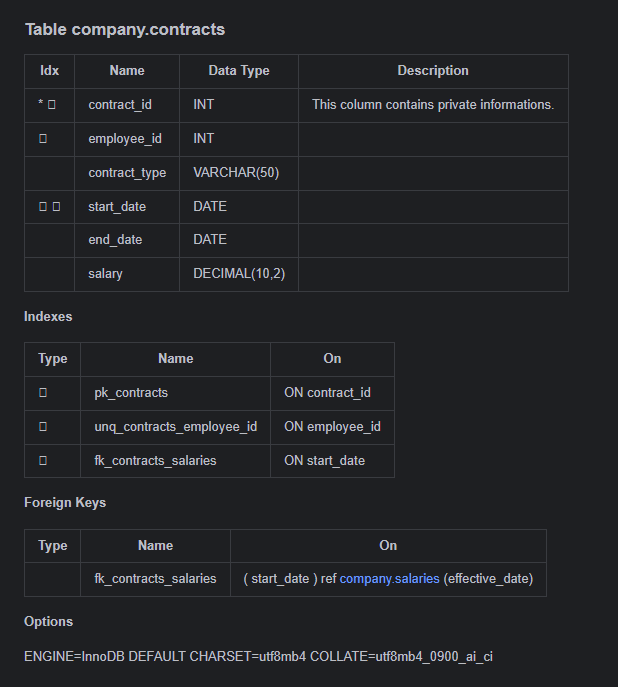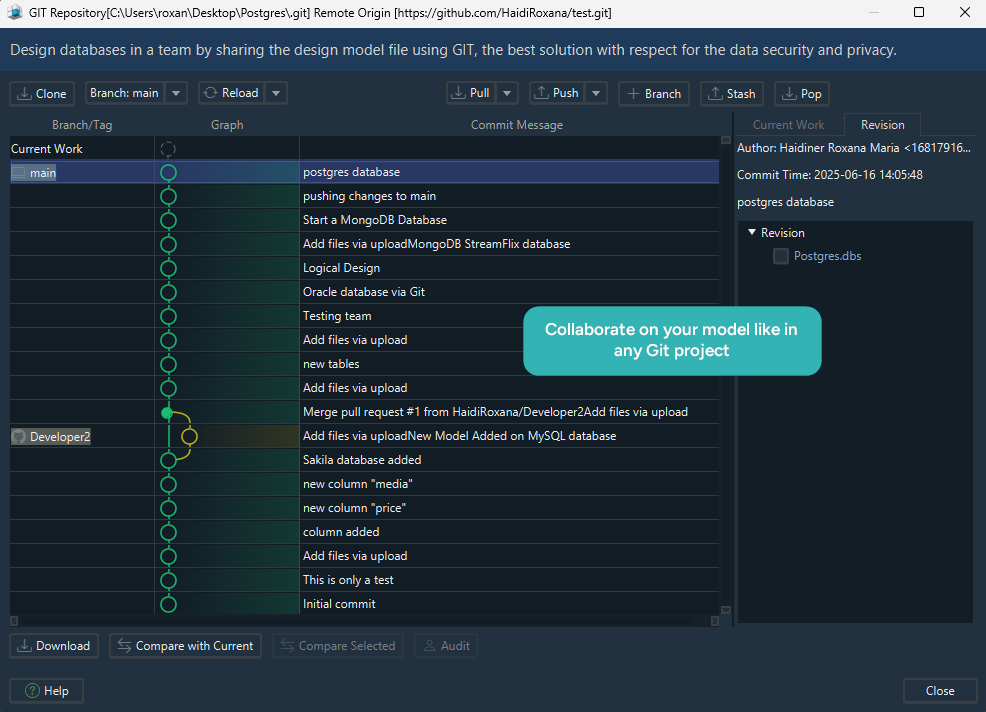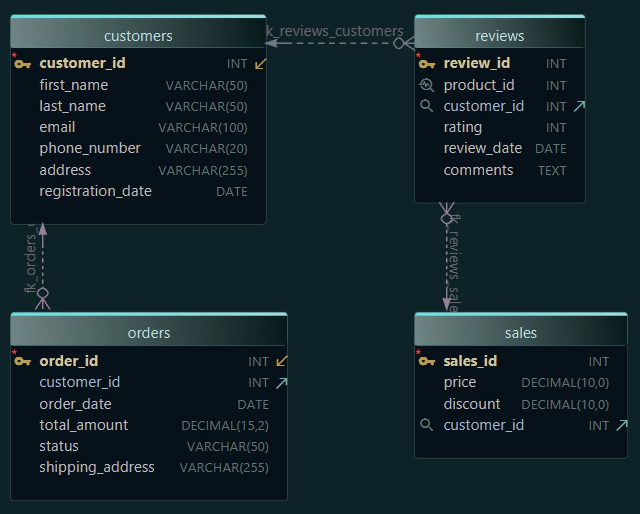How to Generate Database Documentation (HTML5, PDF, Markdown)

Keeping your database documentation up-to-date it’s essential.
Whether you're sharing your schema with a client, onboarding a teammate, or preparing for an audit, clear documentation saves time and prevents mistakes.
In this quick guide, I’ll show you how to generate clean, professional documentation using DbSchema with just a few clicks. You’ll be able to export it as:
- HTML5 - interactive documentation
- PDF print-ready format
- Markdown - for GitHub or wikis
- Track schema changes with Git
Why Use DbSchema for Documentation?
Let’s start with a common question I get from students:
“Why not just write documentation manually?”
Short answer? It’s slow, error-prone, and nearly impossible to keep up to date.
With DbSchema, you get a smarter way to work:
- Design the schema visually or import it from your existing database
- Add comments directly to tables, columns, foreign keys, views, procedures, and more
- Export everything in just a few clicks - no SQL needed
- Keep your docs in sync as your model evolves
The best part? The documentation is generated, not typed from scratch.
Visual Diagrams to Understand Your Schema Fast
DbSchema supports more than 70 databases and instantly builds an ER diagram of all your tables, columns, and foreign keys.
You can move tables around, create multiple diagrams, group related tables, and get a full picture of your structure, something you don’t get from any regular database tool.
To explore a sample of our interactive database diagram, click the button below.
HTML5 Interactive Documentation
This is my go-to recommendation for teams. The HTML5 export builds a full documentation site that runs entirely in your browser.
What’s included:
- A clean landing page with all diagrams and tables
- Clickable table views showing structure, column types, comments, and constraints
- Mouse-over tooltips for comments
- Visual foreign key navigation between tables
- Searchable content and collapsible sections
You can host this on an intranet, share it with your team, or even zip it and send it to clients. No server required.
PDF Report Export
When you need something formal, for a stakeholder meeting or compliance review - PDF is the way to go.
DbSchema generates a print-friendly PDF report that includes:
- Entity-relationship diagrams
- Complete schema details
- Comments and metadata
- Optional sections like views, procedures, and sample data

You can customize the layout and structure. The PDF is great for archiving or attaching to documentation packages.
Markdown Export
If you're maintaining a technical wiki, documenting an open-source project, or using GitHub for collaboration, Markdown is the best fit.
DbSchema converts your schema into clean Markdown files, one for each table, with:
- Column names and types
- Primary/foreign keys
- Descriptions
- Links between related tables

Just drop the exported
.mdfiles into your project’s/docsfolder - and you’re done.
Keep Documentation in Sync with Git
Good documentation should change with your schema - not fall behind.
DbSchema supports Git-based collaboration, so you can:
- Commit your
.modelfile alongside your code - Use Git branches for different versions of your schema
- Regenerate HTML5, PDF, or Markdown docs anytime

This is especially useful for teams using GitHub, GitLab, or Bitbucket. Every schema update can trigger new documentation.
️ Automate with Groovy Scripting
For advanced users and CI/CD pipelines, DbSchema offers Groovy scripting support.
You can automate documentation generation as part of your build or deployment process.
Example of code to generate HTML5 documentation:

Final Thoughts
Documentation should help, not slow you down.
With DbSchema, it’s built into your workflow - you design, comment, and export.
No extra steps. No outdated files.
Just clear, useful docs that stay in sync with your database.







